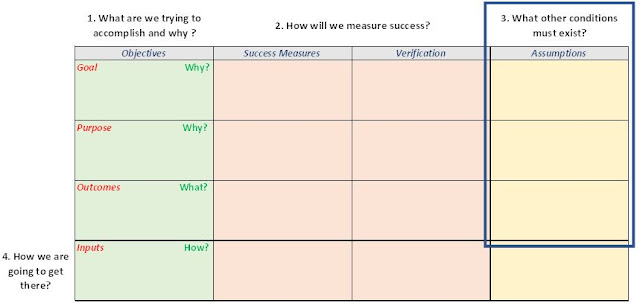Imagine a little toy store tucked into the corner of a busy street in America. Its shelves are stacked with hand-crafted wooden cars, the kind that squeak slightly when rolled and carry the warmth of the maker's hand. Across the street, there's another shop—sleek, efficient, and stocked with plastic toy cars imported at half the price from abroad. Children and parents, drawn by the cost, flock there, leaving the warm little store quieter by the day.
This, in essence, is the world Donald Trump walked into when he assumed office. The quaint toy store? American manufacturing. The rival across the street? China. And Trump's answer? Tariffs—economic guardrails meant to shift the tide.
But what happens when you charge more for the toys across the street? Do people come back to your shop? Or do they simply stop buying toys altogether?
The Instinct Behind the Iron Wall
Trump's administration, in 2018, levied tariffs on $200 billion worth of Chinese goods, presenting them as a strategy to rebalance a rigged game. The idea wasn’t just economic; it was deeply emotional—a call to restore pride, jobs, and fairness. "They've taken advantage of us for too long," Trump said. In that phrase alone lies the heart of this move: not just a number game, but a gut reaction to perceived injustice.
Yet instinct, no matter how bold, begs for numbers to back it up. Reports from within the administration heralded short-term boosts in industries like steel and aluminum. But much like a sugar rush, the highs were quick, and the crash sharp. Farmers, once hopeful, were left grappling with plummeting exports as China struck back with tariffs of its own.
Echoes from a Troubled Past
To truly understand this gamble, we need to rewind to 1930. The world, staggering from economic collapse, watched as the U.S. passed the Smoot-Hawley Tariff Act. The goal? Protect American farmers and manufacturers by raising tariffs on over 20,000 imports. The result? A global trade war, a 66% drop in international trade, and an even deeper dive into the Great Depression.
Sound familiar?
Trump’s tariffs may not have matched Smoot-Hawley in scale, but they stirred the same ghosts: retaliation, isolation, and economic drag. The difference? In the 1930s, the damage was visible on bread lines. In the 2020s, it was buried in rising gadget prices, lost soybean exports, and slowed growth.
Between Belief and Evidence
One must ask: Was there a detailed playbook behind these tariffs, or just a businessman's instinct? The answer lies somewhere in the gray. Yes, internal reports projected gains, but they often lacked transparency and long-term modeling. Trump, seeing trade as a poker table, bet that his bluffs would force other nations to fold. And to an extent, he wasn’t wrong: NAFTA was renegotiated, and trade debates were reignited.
But economics isn't poker. It's people. It's prices. It's pressure that builds slowly, almost invisibly.
A Fork in the Road
Imagine our little toy store again. After a year of tariffs, the rival’s toys now cost more. Some customers return. But now, your own toys are also more expensive because the raw materials come from... the rival's country. Meanwhile, fewer children play with toys at all.
This is the paradox of protectionism: defend one castle, and you might accidentally set fire to the village.
What Now?
As the dust settles, one truth remains: tariffs are not mere taxes; they are instruments of ideology, belief, and sometimes desperation. The Trump administration's approach was part revenge, part rescue mission. It excited the base, challenged the status quo, and forced uncomfortable conversations in academia and policy rooms.
But did it work?
The answer isn't binary. Jobs were saved and also lost. Prices went up and manufacturing inched back. It wasn’t a triumph, nor was it a total failure. It was, above all, a reminder that economic policy is never just about numbers—it's about stories, values, fears, and dreams.
And maybe, just maybe, about how much we value the sound of a wooden toy car, rolling across the kitchen floor.







